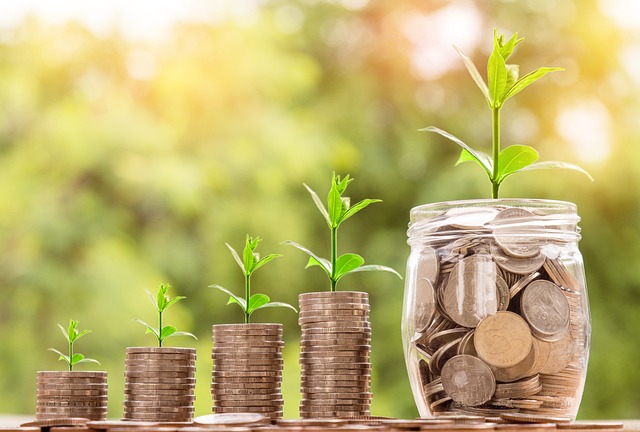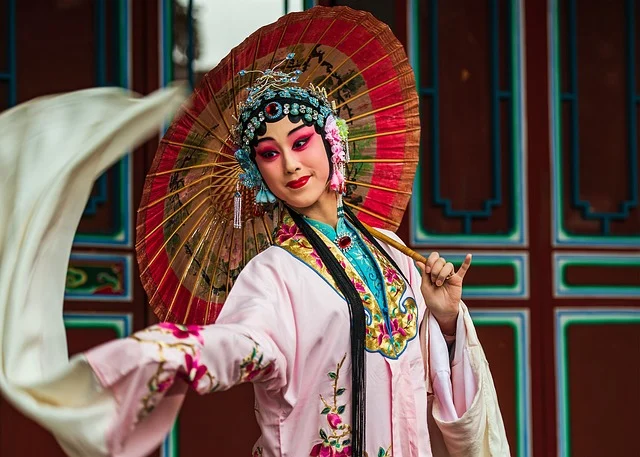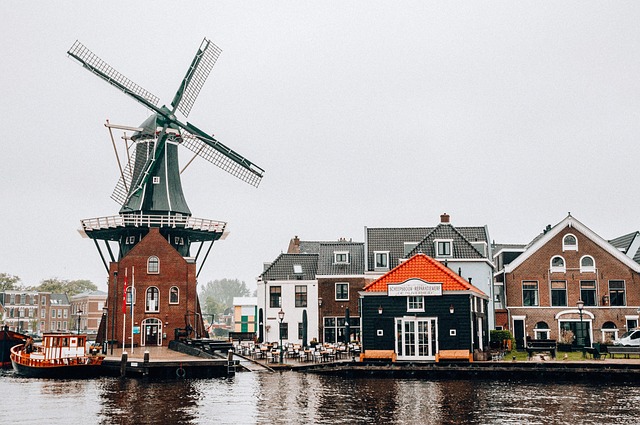Dutch Traditions: Sinterklaas and Christmas

The Netherlands is a country rich in traditions, and its festive celebrations are some of the most unique and beloved in the world. Two of the most significant holidays in Dutch culture are Sinterklaas and Christmas. While both are rooted in the spirit of giving and togetherness, they are celebrated in distinct ways that reflect the country’s history, values, and creativity. In this article, we’ll explore the traditions of Sinterklaas and Christmas in the Netherlands, highlighting their customs, foods, and cultural significance.
Sinterklaas: A Dutch Holiday Tradition
Sinterklaas, celebrated on December 5th (or December 6th in some regions), is one of the most cherished holidays in the Netherlands. It is a festive occasion centered around the legendary figure of Sinterklaas (Saint Nicholas), who is said to bring gifts to children.
The Legend of Sinterklaas
- Sinterklaas is based on Saint Nicholas, a 4th-century bishop from Myra (modern-day Turkey) known for his generosity.
- According to Dutch tradition, Sinterklaas arrives in the Netherlands by steamboat from Spain in mid-November, accompanied by his helpers, the Pieten (Black Petes).
- He rides a white horse named Amerigo and delivers gifts to well-behaved children.
Key Traditions
- Intocht (Arrival): Sinterklaas’s arrival is celebrated with a festive parade in towns and cities across the country. Children eagerly await his arrival, singing songs and waving.
- Shoes by the Fireplace: In the weeks leading up to December 5th, children place their shoes by the fireplace or window, hoping to find small gifts or sweets left by Sinterklaas and the Pieten.
- Presents and Poems: On the evening of December 5th (Pakjesavond, or “Gift Evening”), families exchange gifts. These are often accompanied by humorous poems that playfully tease the recipient.
- Speculaas and Pepernoten: Traditional Sinterklaas treats include speculaas (spiced cookies) and pepernoten (tiny, spiced biscuits).
Cultural Significance
Sinterklaas is a time for family, generosity, and fun. It is deeply ingrained in Dutch culture and serves as a precursor to Christmas celebrations. However, the tradition of Zwarte Piet (Black Pete) has sparked debates in recent years, with calls for more inclusive and respectful representations of the character.
Christmas in the Netherlands: Kerstmis
While Sinterklaas is the primary gift-giving holiday, Christmas (Kerstmis) is also widely celebrated in the Netherlands, albeit in a more subdued and reflective manner. Christmas in the Netherlands is a two-day celebration, with Eerste Kerstdag (Christmas Day, December 25th) and Tweede Kerstdag (Second Christmas Day, December 26th).
Key Traditions
- Christmas Markets: Dutch cities like Amsterdam, Maastricht, and Utrecht host charming Christmas markets, where visitors can shop for gifts, enjoy festive foods, and soak in the holiday atmosphere.
- Kerstboom (Christmas Tree): Families decorate Christmas trees with lights, ornaments, and sometimes kerstkransjes (small wreaths).
- Gourmetten: A popular Dutch Christmas tradition is gourmetten, where families gather around a small tabletop grill to cook bite-sized portions of meat, fish, and vegetables.
- Church Services: Many Dutch people attend midnight Mass or Christmas Day services to celebrate the religious aspect of the holiday.
- Kerstkrans (Christmas Wreath): Wreaths made of evergreen branches, candles, and decorations are a common sight in Dutch homes during the holiday season.
Christmas Foods
- Kerststol: A traditional Christmas bread filled with dried fruits, almonds, and marzipan.
- Gebakken Karp (Fried Carp): A traditional Christmas Eve dish in some regions.
- Chocoladeletters (Chocolate Letters): Chocolate letters, often representing the first letter of a person’s name, are a popular gift.
Cultural Significance
Christmas in the Netherlands is a time for family, reflection, and togetherness. While it is less commercialized than in some other countries, the holiday is marked by warmth, generosity, and a focus on spending time with loved ones.
Comparing Sinterklaas and Christmas
While both holidays are rooted in the spirit of giving, they have distinct characteristics:
- Sinterklaas is more focused on children and involves playful traditions like poems and surprises.
- Christmas is a broader celebration for all ages, emphasizing family gatherings, religious observance, and festive meals.
Tips for Experiencing Dutch Holiday Traditions
- Visit During Sinterklaas Arrival: If you’re in the Netherlands in mid-November, don’t miss the festive Intocht parades.
- Try Traditional Treats: Sample speculaas, pepernoten, and kerststol to fully immerse yourself in the holiday spirit.
- Explore Christmas Markets: Visit markets in cities like Amsterdam and Maastricht for a magical holiday experience.
- Respect Local Customs: Be mindful of the cultural significance of Sinterklaas and Christmas, and engage with traditions respectfully.



